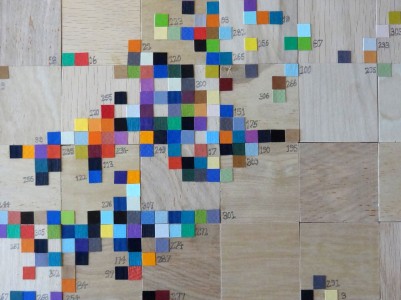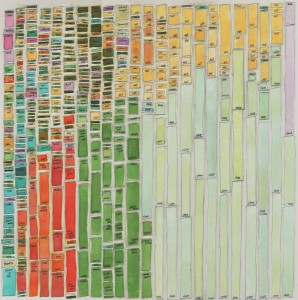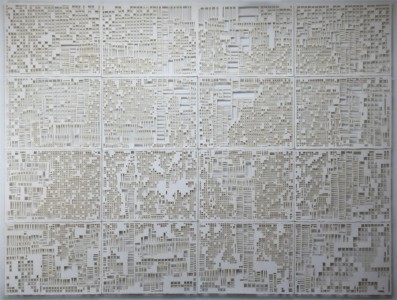Will our 'digital social pulse' diagnose and predict our behaviour?
/Was struck by the phrase 'Digital Social Pulse' from Deborah Estrin at TEDMED last week, chatted with her and the Open mHealth initiative, working to fix the data API problem with a clean standard. But mostly she reinforced this idea about the data of YOU having diagnostic and predictive ability. That coupled with a request also last week from a public spaces project asking for a super short public art proposal, I thought about how we can use both data collected about us, with data collected in a neighborhood and begin to build a narrative....a story that helps us understand ourselves and the places we live.

Our ‘digital social pulse’ will be the way we live and how we move through the world. Imagine when city streets will be both smart and how we discover and understand more about ourselves. It’ll be fun. It will be beautiful. It will support our need as humans to feel apart of our community.
Connect self-tracking data gathered from GPS and accelerometers on our phone, fitbit devices, fuelbands, watch sensors with crowd-sourced proximity data gathered in the downtown neighborhood to accumulate and build a narrative story about how people walk, shop, eat, drive and encounter random experiences in an urban neighborhood.
Connect the small-data of you, your digital social pulse with how an urban downtown functions as a social space.
Draw people into repetitive experiences where their presence builds and adds to the narrative of the downtown street-scene. Lure them toward experiences with small curious installations to alter their normal path. Offer a visible method for pedestrians and riders to signal on their phone when they are contributing. Allow people to learn something new about their patterns and see something about themselves they wouldn't normally notice. Delight and surprise. Combine the digital with the physical.
We move through spaces and sense the scale of human proportions, distance and space. We move in close when something grabs our attention and unconsciously walk toward it. Chance conversations can shift our mood. Something bright and shiny in the distance can shift our path and pull us toward it.
 My focus in the past year has been tracking movement and travel by walking and photo gathering through a city. I’m using a fitbit and Basis watch which tracks steps, temperature and pulse. Openpaths, which gathers time and GPS coordinates. I often supplement with time-lapse photography using a little camera I wear around my neck to document the visual experience. The art installation pieces use underlying algorithms – as I experiment with ways to use weather, color, sense and data to build human data portraits from patterns of behaviour.
My focus in the past year has been tracking movement and travel by walking and photo gathering through a city. I’m using a fitbit and Basis watch which tracks steps, temperature and pulse. Openpaths, which gathers time and GPS coordinates. I often supplement with time-lapse photography using a little camera I wear around my neck to document the visual experience. The art installation pieces use underlying algorithms – as I experiment with ways to use weather, color, sense and data to build human data portraits from patterns of behaviour.
Every time I look at future scenarios of data tracking – it takes on a hugely sinister theme. Intense fear, worry, anxiety, loss of privacy to government agencies or global brand advertisers is the typical response. At times I think it is inevitable. Every bit of data about us will be known. Should we worry, or can we personally begin to know more and self-experiment. Rather than just be fearful, we might grab even more data and play with it, test it out, experiment with how it feels and build something we desire and embrace.
So, in anticipation of a time where total surveillance is normal, sensors are seamlessly embedded in our clothes and in tiny bits we swallow with vitamins. Location coordinates are gathered from phones and recordings of what we see, say and hear are invisibly captured, I've been collecting data to experiment and test ways of converting data into abstract patterns which can communicate encoded meaning about us and how we live in the neighborhoods we love.
There is an opportunity to connect the data we gather about ourselves and marry it with the data collected about how we live and move thru a downtown neighborhood. There is a story that can be created and the combination can be illuminating.






